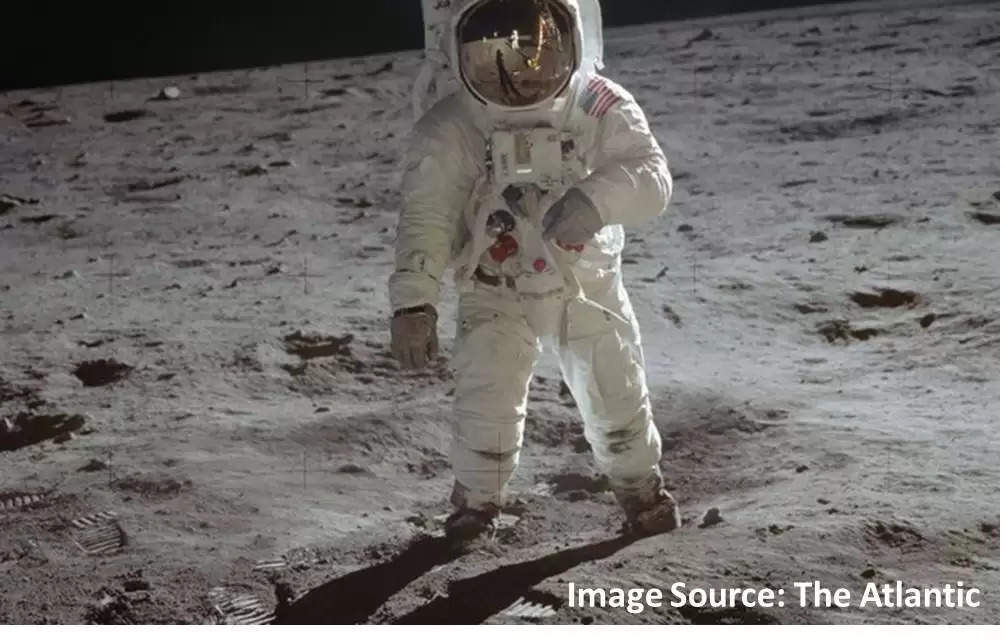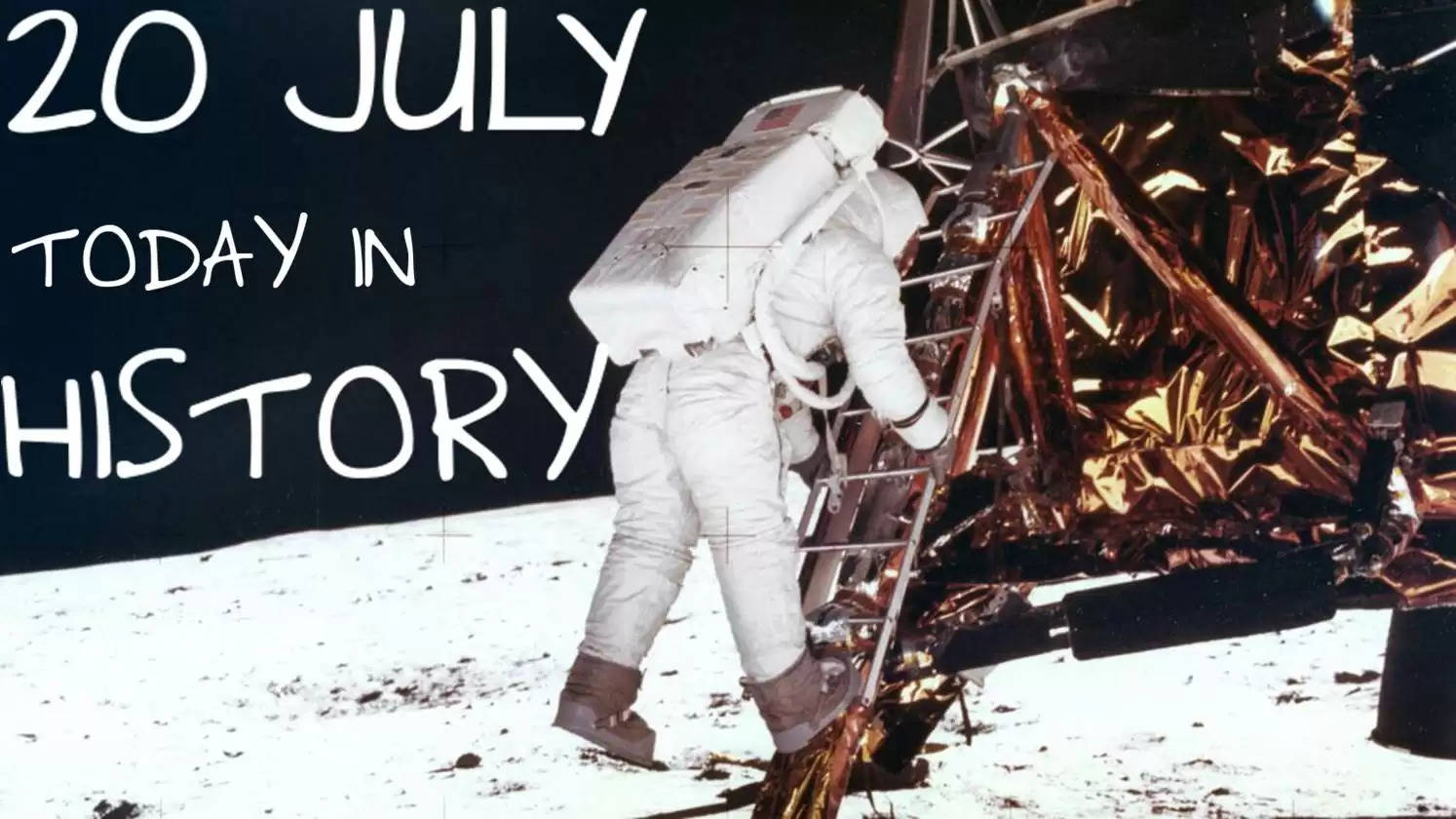Neil Armstrong and 20 July - a special day in history for humankind
Today’s day in History was special for humankind. After 4 days of take-off, Neil Armstrong became the first man to set foot on the lunar surface.
20 July 1969
Today’s day in History was special for humankind. After 4 days of take-off, Neil Armstrong became the first man to set foot on the lunar surface.
It was on July 16, that the Apollo11 took-off from Kennedy Space Centre with Neil Armstrong, Edwin Aldrin Jr. and Michael Collins on board. After 76 hours of travelling 2,40,000 miles, Apollo11, commanded by Neil Armstrong, a 38 year old research pilot, entered the orbit of the Moon. A day later, i.e. 20 July at 01:46pm EDT (Eastern Daylight Time) the lunar module Eagle, manned by Neil Armstrong and Edwin, separated from Apollo, where Michael Collins stayed back. After two hours, Eagle began its descent to the lunar surface and at 04:18pm it landed on the southwestern edge of the Sea of Tranquility. Armstrong messaged “the Eagle has landed” to Mission Control at Houston. At 10:39pm, Armstrong opened the hatch of the module, and made his way down the ladder. A camera attached to the craft recorded his progress and beamed the signal back to Earth. At 10:56pm, Neil Armstrong set his foot on the powdery surface of the Moon, treaded cautiously and took the first step for mankind on the Moon – “a small step for a man, a giant step for mankind”.

Aldrin joined him 15 minutes later and together they took photographs of the lunar terrain. The two astronauts went back into the module after spending 2 hours on the surface of the Moon and slept the night in the craft. After nearly 12 hours, the Eagle began its ascent back to the command module. Read the Timeline here. The touchdown had its own terrifying moments. Read about them here.
20 July 1973
Four years after mankind set its foot on the surface of the Moon, one of the strongest humans, arguably and ace martial arts expert Bruce Lee breathed his last. He died in Hong Kong at the young age of 32 from Brain Edema, probably caused by a reaction to a prescription pain killer drug. His career, which spanned just a few years, made him a name to reckon with in martial arts. Starring in movies like The Big Boss (1971) and The Way of the Dragon (1972) which were released in Asia, it was his movie Enter the Dragon (1973), which took him to Hollywood stardom. Unfortunately, Bruce Lee had died a month before the movie was released in America in August 1973. The movie grossed $200 million, making Bruce Lee a movie icon, albeit posthumously.
20 July 1905
On July 20 1905, Lord Curzon, the then Viceroy of India, proposed the partition of Bengal. This was the first partition of Bengal, which was accepted by the British Government’s Minister of India. The partition took place on 16 October the same year. This was when West Bengal and East Bengal (now Bangladesh) were created on the lines of religion. This was a territorial reorganization of the Bengal Presidency implemented by the British Raj. This separated the largely Muslim eastern area from the largely Hindu western areas. This partition was annulled in 1911 owing to mass political protests. This was when the capital of British India moved from Calcutta to Delhi. Despite the annulment, the partition did create a communal divide in the region. The partition was done citing administrative difficulties, however, it was more to do with the divide and rule policy of the British.
Source of information: History; Indianage
To join us on Facebook Click Here and Subscribe to UdaipurTimes Broadcast channels on GoogleNews | Telegram | Signal



